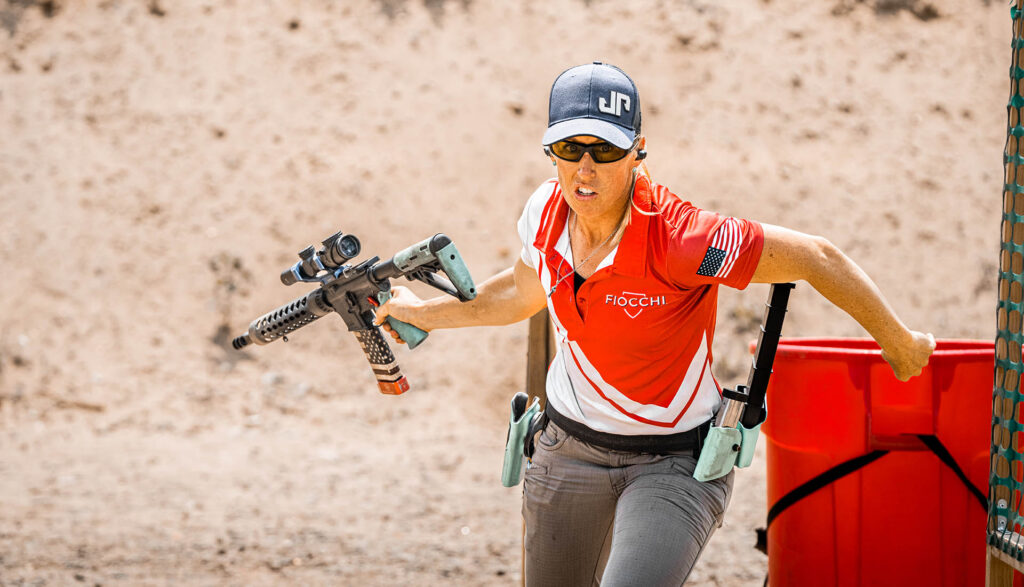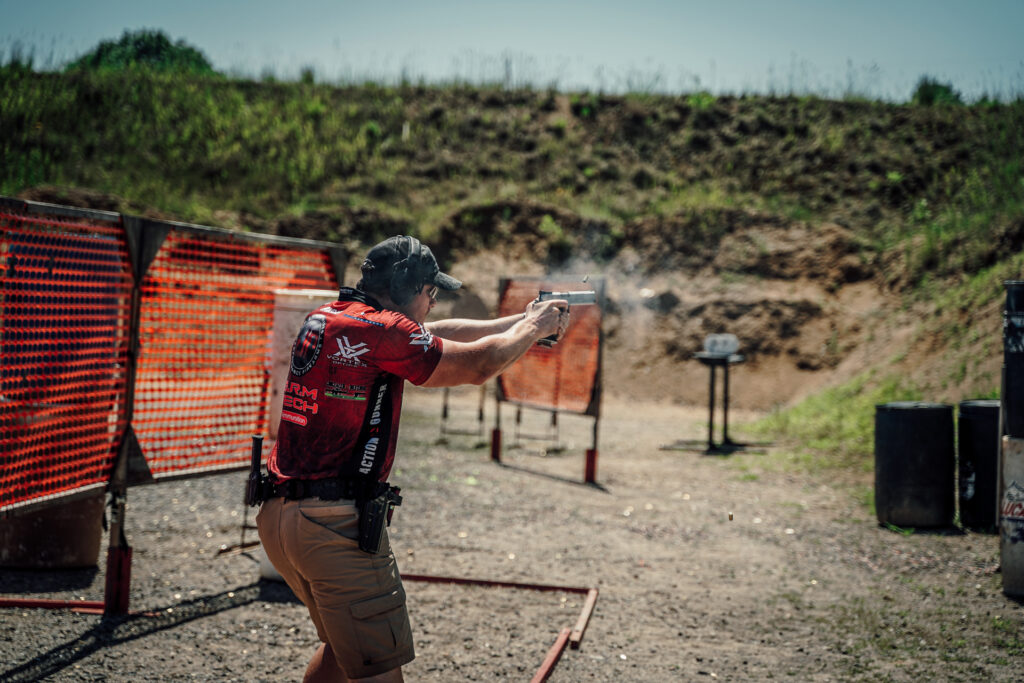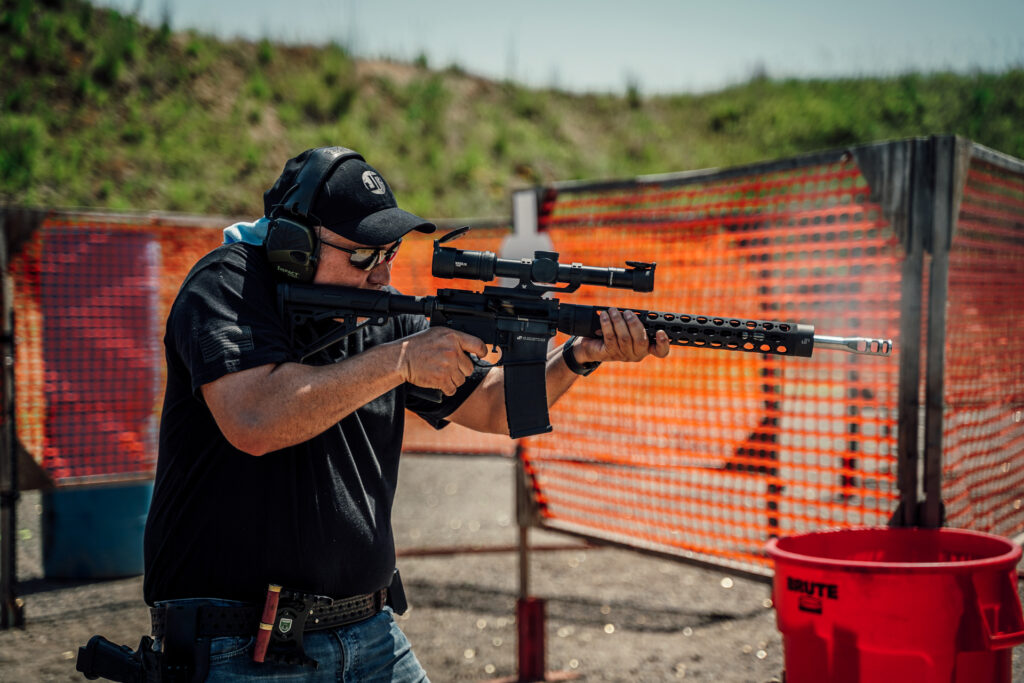
Time Plus-Points scoring is a popular method used in many action shooting sports, including 3-gun competitions. This scoring system combines a shooter’s raw time with penalty points to determine their final score. Here’s a detailed look at how it works:
The fundamental idea behind Time Plus-Points scoring is simple:
Final Score = Raw Time + Penalty Points

An important aspect of Time Plus-Points scoring is how individual stage performance translates into match points:
Shooter's Points = (Top Shooter's Score / Shooter's Score) * 100This system ensures that exceptional performances are rewarded appropriately, while also maintaining competitiveness throughout the field.

Let’s say a shooter completes a stage with the following performance:
Final Score = 35.67 + (2 * 5) + 10 = 55.67 seconds
If this is the best score on the stage, this shooter would receive 100 points. All other shooters’ points would be calculated relative to this performance.
Some matches may use slight variations of this system:
For more information on other scoring systems in action shooting sports, you can visit the International Practical Shooting Confederation (IPSC) website, which provides detailed rules and regulations for various shooting disciplines.

Time Plus-Points scoring provides a straightforward yet effective way to evaluate performance in action shooting sports. It encourages shooters to balance speed and accuracy, rewarding those who can complete stages quickly while maintaining precision. The relative scoring system ensures that each stage contributes equally to the overall match results, regardless of its complexity or duration. As with any scoring system, competitors should familiarize themselves with the specific rules and penalty structures of each match they enter.
